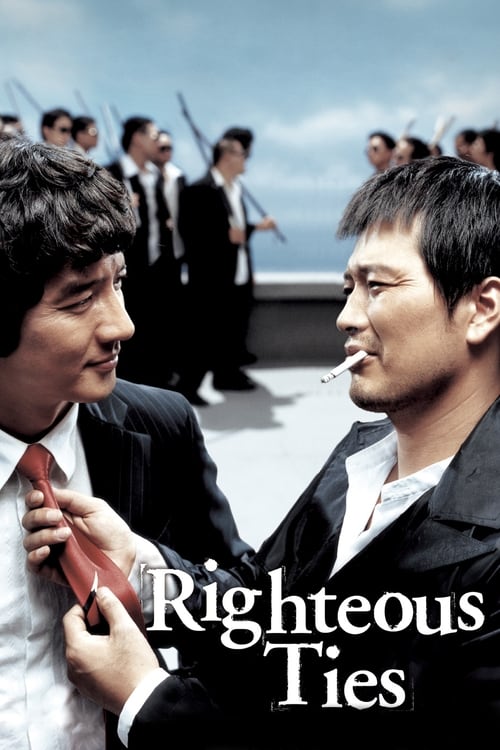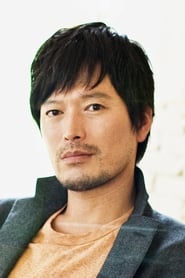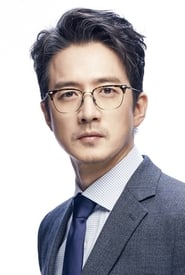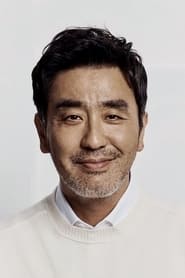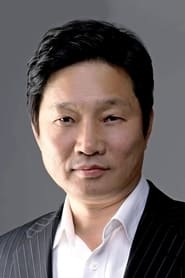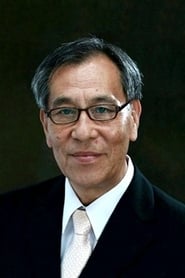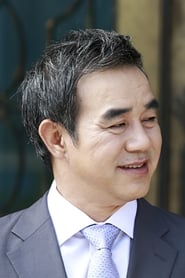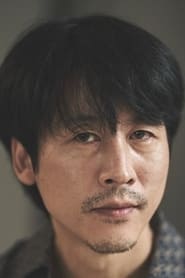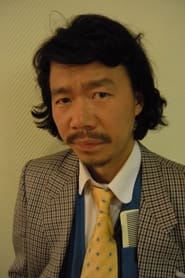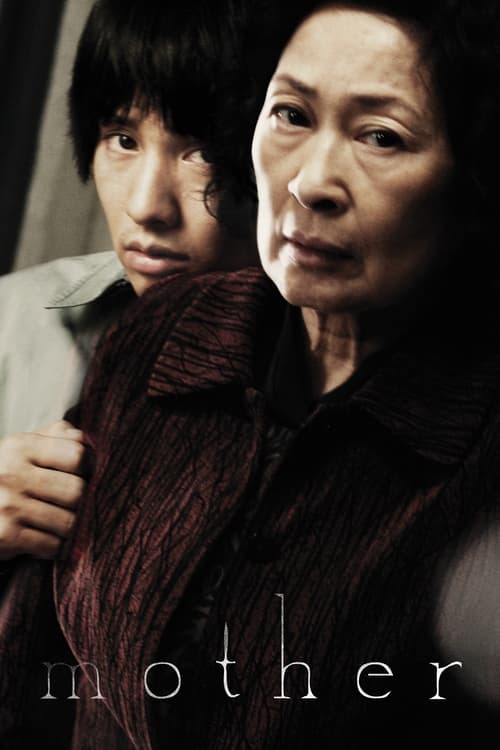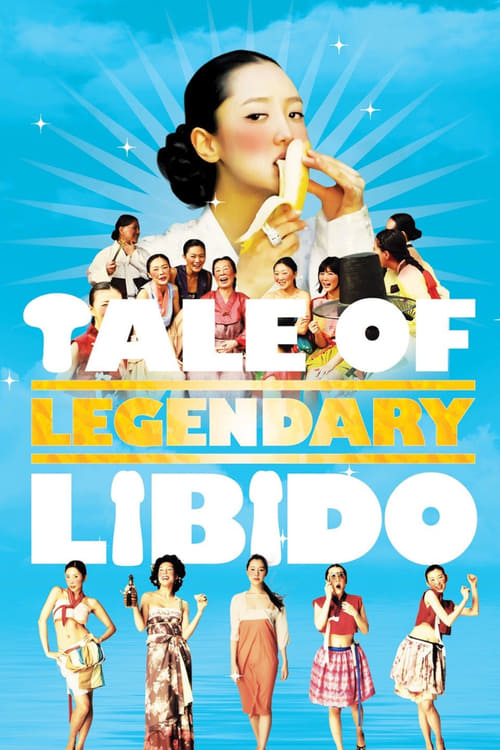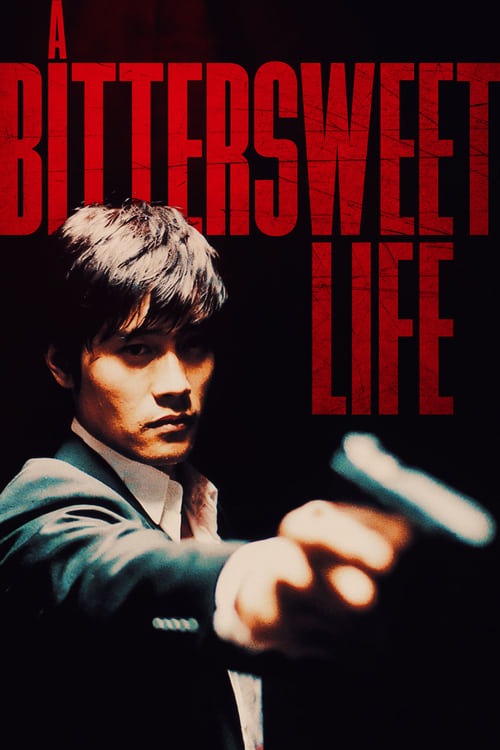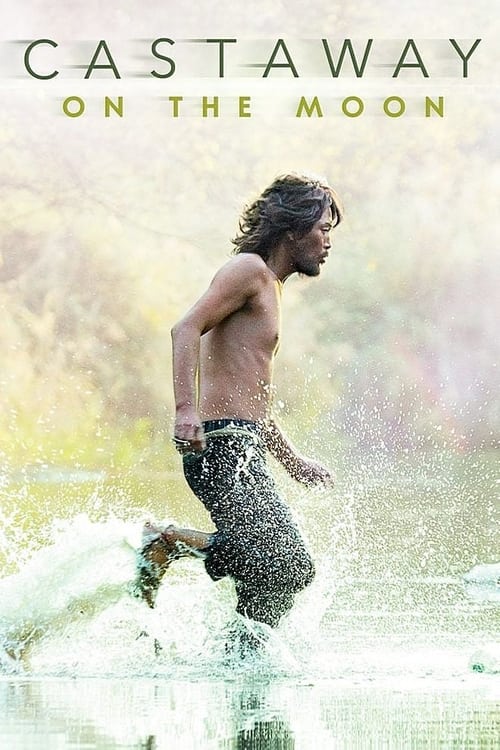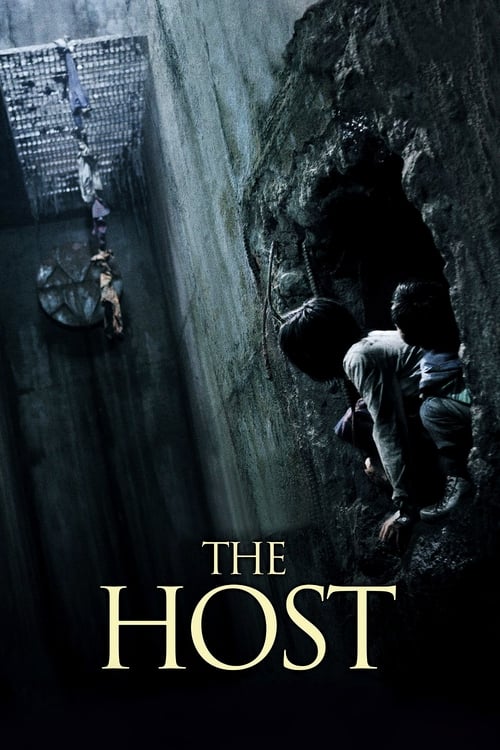
Ask Your Own Question
What is the plot?
The film opens in a gritty urban landscape, the air thick with tension and the distant echoes of sirens. Dong Chi-sung, an eccentric yet fiercely loyal gangster, moves with a knife in hand through the dimly lit alleys of his gang's territory. His sharp eyes and swift movements mark him as a man who has spent years mastering violence in service of his boss, an aging crime lord named Kim. Chi-sung's loyalty is unquestioned; he is the boss's right-hand man, the man who carries out the dirtiest jobs without hesitation.
In a brutal opening scene, Chi-sung carries out a knife attack on a rival gang member, a violent act ordered by Boss Kim to maintain control over their territory. The attack is swift and merciless, showcasing Chi-sung's deadly skill and unwavering obedience. Yet beneath this exterior lies a man bound by a code: "A true pal never betrays." This mantra echoes silently as Chi-sung is arrested and sentenced to seven years in prison for attempted murder, a consequence he accepts without complaint, refusing to betray his boss even under pressure.
Inside the prison walls, the atmosphere is thick with hostility and uneasy alliances. Chi-sung reunites with Soon-tal, a fellow inmate and old comrade presumed dead, whose presence rekindles memories of their shared past under Boss Kim's rule. The prison is a claustrophobic world where loyalty is both currency and curse, and Chi-sung navigates it with the same fierce determination he showed on the streets.
However, the cracks in Chi-sung's world begin to widen. News reaches him that his parents, innocent and vulnerable, have been viciously attacked by a rival gang. The betrayal stings deeper than any wound inflicted by a knife: his own gang, his own people, led by Boss Kim, have done nothing to protect or avenge his family. This revelation shatters Chi-sung's faith in the gang's code of honor. The man he served for a decade has chosen profit and political maneuvering over loyalty and brotherhood.
The betrayal cuts to the core when Chi-sung learns that Boss Kim has secretly ordered his assassination inside the prison. The man Chi-sung attacked on the boss's orders is now a valuable asset, and Kim wants Chi-sung dead to secure this new alliance. This duplicity is a knife twisting in Chi-sung's back, igniting a fierce resolve to confront the man who betrayed him.
Meanwhile, Joo-joong, Chi-sung's close friend and now the new right-hand man to Boss Kim, remains unaware of the assassination order. When the boss tasks Joo-joong with stopping Chi-sung after his escape, the friend is torn between loyalty to the gang and his bond with Chi-sung. This internal conflict adds emotional weight to the unfolding drama.
Chi-sung, driven by rage and betrayal, orchestrates a chaotic prison break with Soon-tal and a few trusted inmates. The escape is fraught with tension, violence, and near-failure, as guards and rival prisoners clash in a desperate struggle for freedom. The camera work shifts to handheld close-ups, capturing the raw emotion and frantic energy of the breakout. Chi-sung's determination is palpable; every step outside the prison walls is a step closer to confronting his betrayers.
Once free, Chi-sung's journey takes him back through the urban sprawl, where memories of loyalty and friendship clash with the harsh reality of gang politics. The streets are battlegrounds once more as he moves toward Boss Kim's headquarters, a symbol of the corrupt power structure that discarded him.
The final confrontation is a tense, brutal showdown. Chi-sung faces Boss Kim, the man who used him as a pawn and then sought to eliminate him. Their encounter is charged with bitter accusations and raw emotion. Chi-sung's voice cuts through the silence: "You sent me to rot in prison, let my family suffer, and then ordered my death. Was I ever more than a tool to you?"
Boss Kim, cold and calculating, offers no apology, only the cold logic of gang survival. The fight erupts violently, knives flashing and fists pounding. Joo-joong arrives, tasked with stopping Chi-sung, but the weight of their friendship complicates his actions. The two friends clash, each struggling with duty and loyalty. Their fight is as much emotional as physical, underscored by the tragic realization that their bond may be irreparably broken.
In the chaos, several gang members and rival thugs fall, casualties of the violent reckoning. Chi-sung's parents, though attacked earlier, are confirmed dead, their loss the tragic catalyst for the entire conflict. The film spares no detail in portraying the cost of misplaced loyalty and betrayal.
As the dust settles, Chi-sung stands bloodied but alive, his vengeance exacted but at a high cost. Joo-joong survives as well, his loyalty fractured but intact. The final scenes linger on the emotional toll: Chi-sung, once a faithful soldier, now a man disillusioned and alone, reflects on the bitter truth that in the world of gangsters, loyalty is a fragile and often deadly illusion.
The film closes with Chi-sung walking away from the ruins of his former life, the city's cold lights flickering around him. His voiceover echoes the film's central theme: "A true pal never betrays." But in his world, that truth is a painful, costly rarity. The screen fades to black, leaving the audience with the haunting weight of friendship, betrayal, and the harsh realities of the criminal underworld.
What is the ending?
In the ending of "Righteous Ties," the main characters face the consequences of their choices. The film culminates in a tense confrontation that leads to a tragic resolution, highlighting themes of loyalty, betrayal, and the harsh realities of their lives.
As the film progresses towards its conclusion, the tension escalates. The protagonist, a young man named Jae-kyung, finds himself caught in a web of loyalty to his friends and the harsh demands of the criminal world they inhabit. The climax unfolds in a dramatic showdown where Jae-kyung must confront the reality of his life choices and the impact they have on those he cares about.
In the final scenes, Jae-kyung's internal struggle becomes palpable. He grapples with the weight of his decisions, torn between his loyalty to his friends and the desire for a better life. The emotional stakes are high as he faces off against rival gang members, leading to a violent confrontation that leaves lasting scars on all involved.
Ultimately, the film concludes with a sense of loss. Jae-kyung's fate is sealed as he makes a choice that leads to tragic consequences for himself and his friends. The ending serves as a poignant reminder of the cost of loyalty in a world fraught with danger and betrayal.
As the final act of "Righteous Ties" unfolds, the atmosphere is thick with tension. The camera captures the dimly lit alleyways of the city, where shadows loom large, reflecting the characters' internal struggles. Jae-kyung, the protagonist, stands at a crossroads, his face etched with conflict. He knows that the choices he makes now will define not only his future but also the futures of those he holds dear.
Scene by scene, the narrative builds to a climactic confrontation. Jae-kyung receives a call from his friend, who is in dire trouble with a rival gang. The urgency in his friend's voice pulls at Jae-kyung's heart, igniting a fierce loyalty that has been a driving force throughout the film. He rushes to the meeting point, his mind racing with thoughts of friendship and the consequences of their lifestyle.
As he arrives, the scene is charged with hostility. Rival gang members are gathered, their faces hardened by years of conflict. Jae-kyung's heart pounds in his chest as he steps forward, determined to protect his friend. The camera zooms in on his face, capturing the fear and resolve that battle within him. He knows that this moment could lead to violence, yet he cannot turn his back on those he loves.
The confrontation escalates quickly. Words are exchanged, filled with anger and threats. Jae-kyung's friend, desperate and scared, tries to reason with the rival gang, but the situation spirals out of control. A fight breaks out, and the screen fills with chaos. The sound of fists hitting flesh and the shouts of men echo through the alley, creating a visceral sense of urgency.
In the midst of the brawl, Jae-kyung's internal conflict reaches a boiling point. He sees his friend in danger, and without thinking, he leaps into the fray. The camera captures the raw emotion on his face as he fights not just for survival, but for the bond of friendship that has defined his life. Each punch he throws is fueled by a mix of fear, anger, and a desperate need to protect.
As the fight rages on, the consequences of their actions become painfully clear. Jae-kyung's friend is gravely injured, and the realization hits Jae-kyung like a punch to the gut. The camera lingers on his face, a mixture of horror and regret as he cradles his friend, who is bleeding and in pain. The weight of their choices hangs heavy in the air, a stark reminder of the life they have chosen.
In the aftermath, the scene shifts to a quieter moment. Jae-kyung sits alone, the city lights flickering in the distance. The emotional toll of the confrontation is evident on his face. He reflects on the bonds of loyalty that have both uplifted and trapped him. The camera captures the loneliness in his eyes, a stark contrast to the camaraderie he once felt.
The film concludes with a haunting silence. Jae-kyung's fate is left ambiguous, but the emotional scars of the night linger. The final shot focuses on his face, a mixture of determination and despair, as he contemplates the future. The screen fades to black, leaving the audience with a sense of unresolved tension and the heavy burden of choices made in the name of loyalty. Each character's fate is intertwined with the harsh realities of their world, underscoring the film's exploration of friendship, loyalty, and the consequences of a life steeped in violence.
Is there a post-credit scene?
The movie "Righteous Ties," produced in 2006, does not feature a post-credit scene. The film concludes its narrative without any additional scenes or content after the credits roll. The story wraps up with the resolution of the main plot and character arcs, leaving no further developments or surprises for the audience to discover in a post-credit sequence.
What role does the character of the police officer play in the story?
The police officer serves as a moral counterpoint to Jae-kyung's character. He is determined to uphold the law and bring down the criminal elements in the city, which puts him at odds with Jae-kyung. The officer's relentless pursuit of justice creates a sense of urgency and danger, forcing Jae-kyung to confront his past and the choices he has made. Their interactions are charged with tension, highlighting the complexities of right and wrong.
What motivates the main character, Jae-kyung, throughout the film?
Jae-kyung is driven by a deep sense of loyalty and a desire for redemption. As a former gangster trying to leave his violent past behind, he struggles with the pull of his old life while trying to protect his family and friends. His internal conflict is palpable as he navigates the challenges of his new life, often reflecting on his past decisions and the consequences they have on those he cares about.
How does the relationship between Jae-kyung and his brother evolve in the film?
The relationship between Jae-kyung and his brother, who is also involved in the criminal underworld, is fraught with tension. Initially, there is a sense of camaraderie and shared history, but as Jae-kyung attempts to distance himself from their violent lifestyle, their bond is tested. Jae-kyung's desire to protect his brother from the dangers of their world creates emotional strain, leading to moments of conflict and ultimately a poignant reconciliation.
What are the key events that lead to Jae-kyung's ultimate decision to confront his past?
Key events that lead to Jae-kyung's confrontation with his past include witnessing the impact of his former life on his loved ones, particularly when his brother is threatened by rival gang members. Additionally, a series of violent encounters and the police officer's investigation into their activities force Jae-kyung to reevaluate his choices. These escalating tensions culminate in a pivotal moment where he must choose between loyalty to his old life and the safety of his family.
How does the film depict the theme of family loyalty through its characters?
Family loyalty is depicted through the relationships between Jae-kyung, his brother, and their mother. The film illustrates the lengths to which Jae-kyung will go to protect his family, even as he grapples with the consequences of their shared past. Moments of tenderness, such as family gatherings and conversations about their future, contrast sharply with the violent world they inhabit, emphasizing the emotional stakes involved in their loyalty to one another.
Is this family friendly?
"Righteous Ties," produced in 2006, is a film that delves into themes of loyalty, betrayal, and the complexities of familial relationships within the context of organized crime. While it has a compelling narrative, there are several aspects that may be considered objectionable or upsetting for children or sensitive viewers:
-
Violence: The film contains scenes of physical altercations and confrontations that may be intense or graphic, reflecting the violent world of organized crime.
-
Strong Language: There is frequent use of profanity throughout the film, which may not be suitable for younger audiences.
-
Mature Themes: The storyline explores heavy themes such as betrayal, loyalty, and the moral dilemmas faced by characters involved in criminal activities, which may be difficult for children to understand.
-
Emotional Turmoil: Characters experience significant emotional distress, including feelings of loss, guilt, and conflict, which could be upsetting for sensitive viewers.
-
Substance Use: There are instances of drug use and alcohol consumption depicted in the film, which may not be appropriate for younger audiences.
These elements contribute to a narrative that is more suited for mature viewers, and parental discretion is advised when considering the film for children.

